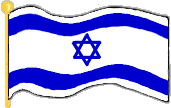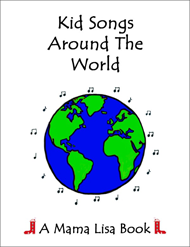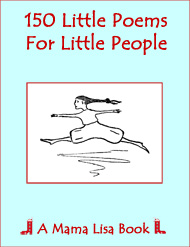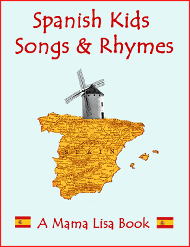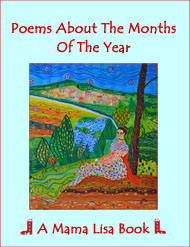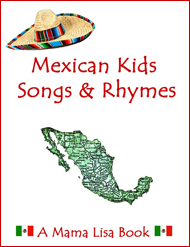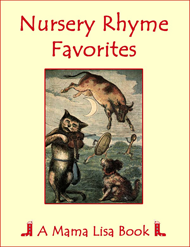מים מים (Mayim, Mayim)
The lyrics to "Mayim, Mayim" come directly from the Book of Isaiah (chapter 12, verse 3):
"With joy shall ye draw water out of the wells of salvation."
The dance was created in 1937 for a festival to celebrate the discovery of water in the desert in the kibbutz Na'an after a 7 year search.
מים מים (Mayim, Mayim)
Water, Water
Folk Dance Song
Folk Dance Song
(Hebrew)
(English)
ושאבתם מים בששון
ממעייני הישועה.
ושאבתם מים בששון
ממעייני הישועה.
מים, מים, מים מים
הוי מים בששון.
מים, מים, מים, מים,
הוי מים בששון.
הי, הי, הי, הי,
מים, מים,
מים, מים
מים, מים בששון.
מים, מים
מים, מים,
מים, מים בששון.
You shall draw water joyfully
From the springs of salvation,
You shall draw water joyfully
From the springs of salvation.
Water, water, water, water,
Hey, water, joyfully,
Water, water, water, water,
Hey, water, joyfully.
Hey, hey, hey, hey
Water, water,
Water, water
Water, water joyfully.
Water, water,
Water, water
Water, water joyfully.
Notes
Pronunciation:
Ushavtem mayim b'sason
mimainei hayeshua
Ushavtem mayim b'sason
mimainei hayeshua
Mayim - Mayim - Mayim - Mayim
Hey, mayim b'sason
Mayim - Mayim - Mayim - Mayim
Hey, mayim b'sason
Hey, hey, hey, hey
Mayim - Mayim
Mayim - Mayim
Mayim - Mayim - b'sason
Mayim - Mayim
Mayim - Mayim
Mayim - Mayim - b'sason
*****
Dance Instructions:
(from Wikipedia)
"Mayim Mayim" is done in a circle formation, facing the center through most of the dance, and holding hands except when clapping.
Part 1
1–4 Grapevine: Step R foot across in front of L foot, step on L foot to L, step on R foot behind L foot, step on L foot to L (turning a bit as you go, so that the R foot goes more forward and backward, rather than directly crossing)
5–16 Repeat counts 1–4 three more times.
Part 2
1–4 Run four steps forward, R L R L. Begin leaning forward with arms down on 1, then straighten up and raise arms during 2–4.
5–8 Take four steps backwards, R L R L, bringing arms back down again. (A variation, more recent than the first version given here, is to clap on count 5 before beginning to bring the arms down, while in an earlier version the arms are brought down on 5.)
9–16 Repeat counts 1–8
Part 3
1–3 Facing left, run three steps forward around the circle, R L R
4 Face center while hopping on R and touching L foot slightly to the side. (In another variation, a fourth step is added here, onto the L foot, and the rest of this part is done with opposite footwork.)
5–6 Facing center, hop on R foot while touching L toe in front, hop on R foot while touching L to side, near R foot and slightly to the back.
7–12 Repeat counts 5–6 three more times, and on 12 transfer some weight onto L foot.
13–20 Repeat counts 5–12 with opposite footwork and clapping hands each time you touch R in front, finishing with R foot free to start Part 1 again. (In yet another variation, some people turn while doing counts 13–20).
Choreographer: Else Dublin
Music: Emanuel Pugashov Amiran
Comments
Sadao wrote to us about the history of this song in Japan and Taiwan:
"The song 'Mayim, Mayim' was introduced to Japan by an educational charge of the US, GHQ (General Headquarters, the Supreme Commander for the Allied Powers) after the World War II. Also, the YMCA and YWCA of Japan recommended using it in Japanese schools. In the period of the rising labor movement in Japan, a lot of foreign folk dance music was used at various labor meetings for the purpose of gathering a lot of young people. At that time, the standard dance music at such the meetings was: Oklahoma Mixer, Natchez Under the Hill, Do Your Ears Hang Low?, Letka Jenkka (Let'sKiss) and Mayim, Mayim among others.
In my youth, in my 20's, I went to a camp of the labor union with many people. When we were doing the circle dance, I felt some palpitations with shaking hands with young girls lol.
Around the same time, Taiwanese people learned Mayim mayim from an American teacher, and it was the first circle folk dance with the name of '水舞 = water dancing' and it became a kind of word for children's circle dancing."

Thanks!
Thanks!
Thanks and Acknowledgements
Many thanks to Sadao Mazuka for sharing this song with us and for commenting on it! Sadao said he found additional info about the history of this song in Japan at Wikipedia Japan and WorldFolkSong.



